
Post-harvest cultivation - what do you need to remember?
Harvest is behind us. It’s time for post-harvest cultivation. It allows, among other things. mix harvest residues into the soil to stimulate weed seeds and volunteer seeds to germinate. Undoubtedly, it is also very important for subsequent sowing. In order for this entire agrotechnical procedure to be carried out correctly, it is necessary to use a harrow or disc unit and pay attention to the various elements.
Disc harrow and combine for post-harvest cultivation
A common post-harvest agronomic treatment is shallow stubble stripping. It should be started early enough to prevent weed growth, which in turn prevents water evaporation. It is worth opting for this type of treatment because:
- Thanks to it, seeds sprinkled during harvesting germinate faster – this is possible due to proper mixing of the soil; in order for the whole process to proceed properly,
it is necessary to pay attention to the correct and repeatable angle of bending of the disc
, - With properly selected discs, which in this case should not show excessive axial runout (up to 3 mm), this treatment inhibits the development of parasites (such as the corn borer larva),
- It prevents the formation of a straw mat that hinders plant emergence and root development, and absorbs water, making it unavailable to germinating plants,
- allows for even spreading and at the same time mixing crop residues into the soil,
- It makes the machine clog less (when it comes to clay soils, it’s important to use discs with a smooth texture, so the clay doesn’t stick as much to their surface).
Until recently, post-harvest tillage used plows – either plowed or ordinary. However, few farmers use such solutions nowadays, as they consume a lot of time and energy. Instead, a disc harrow or cultivating unit is used, which can both break up the soil and loosen it. At the heart of these machines are the discs that roll over the stubble, bringing the crop residue through, so that it mixes well with the soil. These machines are ideal for high stubble as they are resistant to clogging with long residues. Of course, frequent use of these machines results in wear and tear. That’s why it’s so important to choose the right multi-resistant components for them.
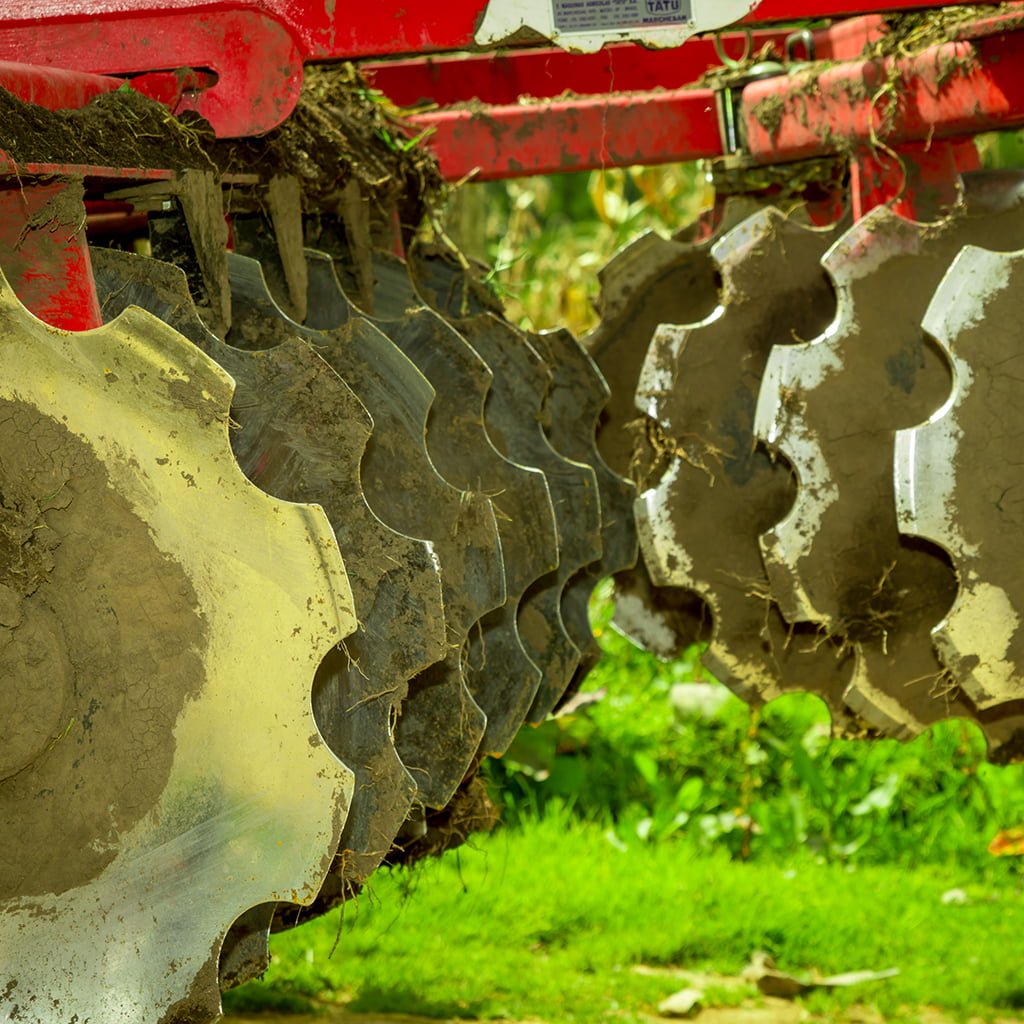
What should you keep in mind before taking the aggregate out to the field?
The condition of a machine has a significant impact on the quality and efficiency of field work. Before you take the aggregate to the field, it is essential to carry out:
- visual inspection: check whether individual components are accidentally damaged, warped, cracked, which can result in uneven rolling of the machine on the field and thus, inefficient operation.
- cleaning: remove plant debris, stones, etc. that may get stuck between the discs or interfere with the machine.
- adjustments: make sure the discs are set to the correct depth, which depends on the type of crop and soil conditions. Check the recommendations on how to properly position the discs in the machine’s manual.
- Field tests : conduct tests in the field to assess whether the discs are working properly, whether the soil is being processed properly and whether the machine is leaving bumps.
- Maintenance: regular inspection and maintenance will give you peace of mind that has the machine will work properly.
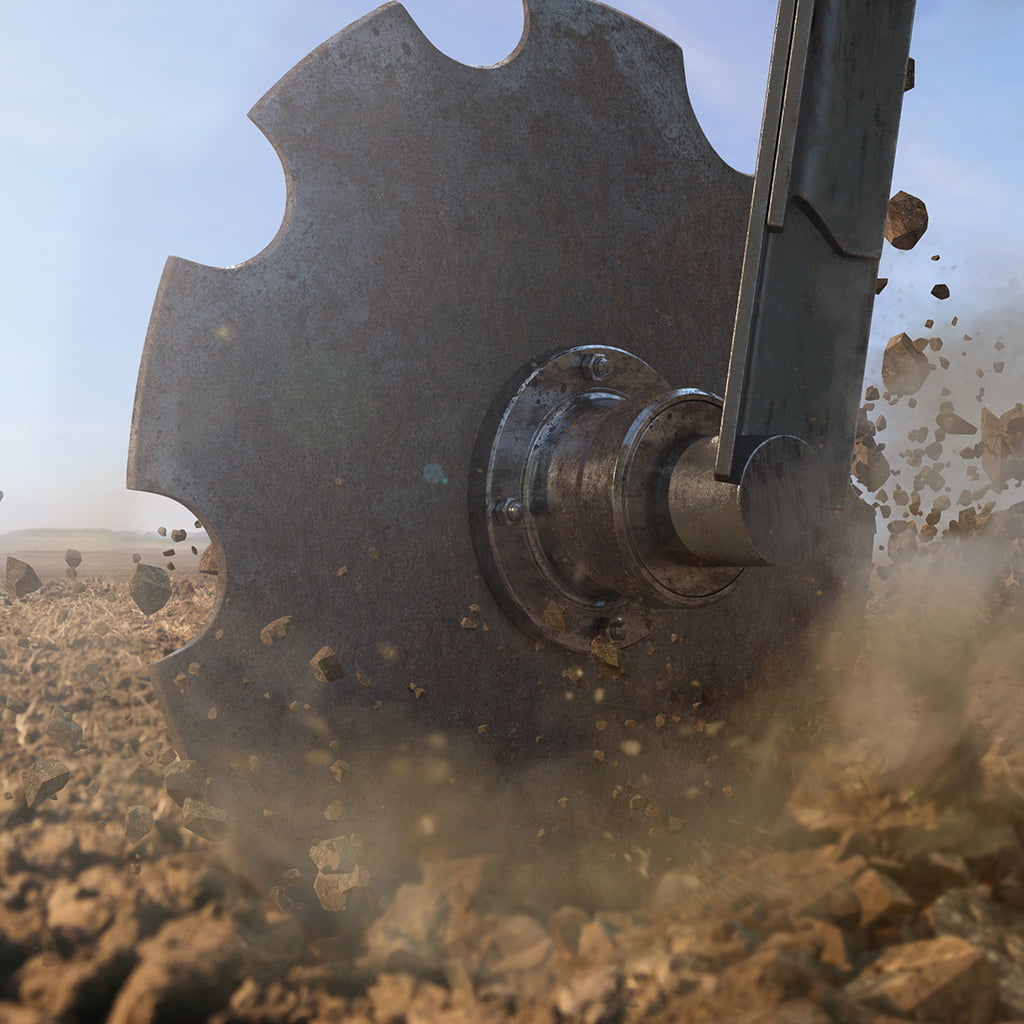
We advise you to check in particular :
- condition of the plates
Make sure the platters are properly attached to the roller, check for play or improper connections).
In addition, if you have noticed that the plates are damaged or dulled, see to it that they are sharpened or replaced. This will directly translate into the quality of field work.
- condition of the hubs
With the aggregate raised, twist each disc with your hand and check for play and that the hubs are properly lubricated. Insufficient or improper lubrication can lead to faster wear of parts and failure.
- condition of rubber shock absorbers
Given the very common damage to the frames of tillage machines, we remind you of these often forgotten components.
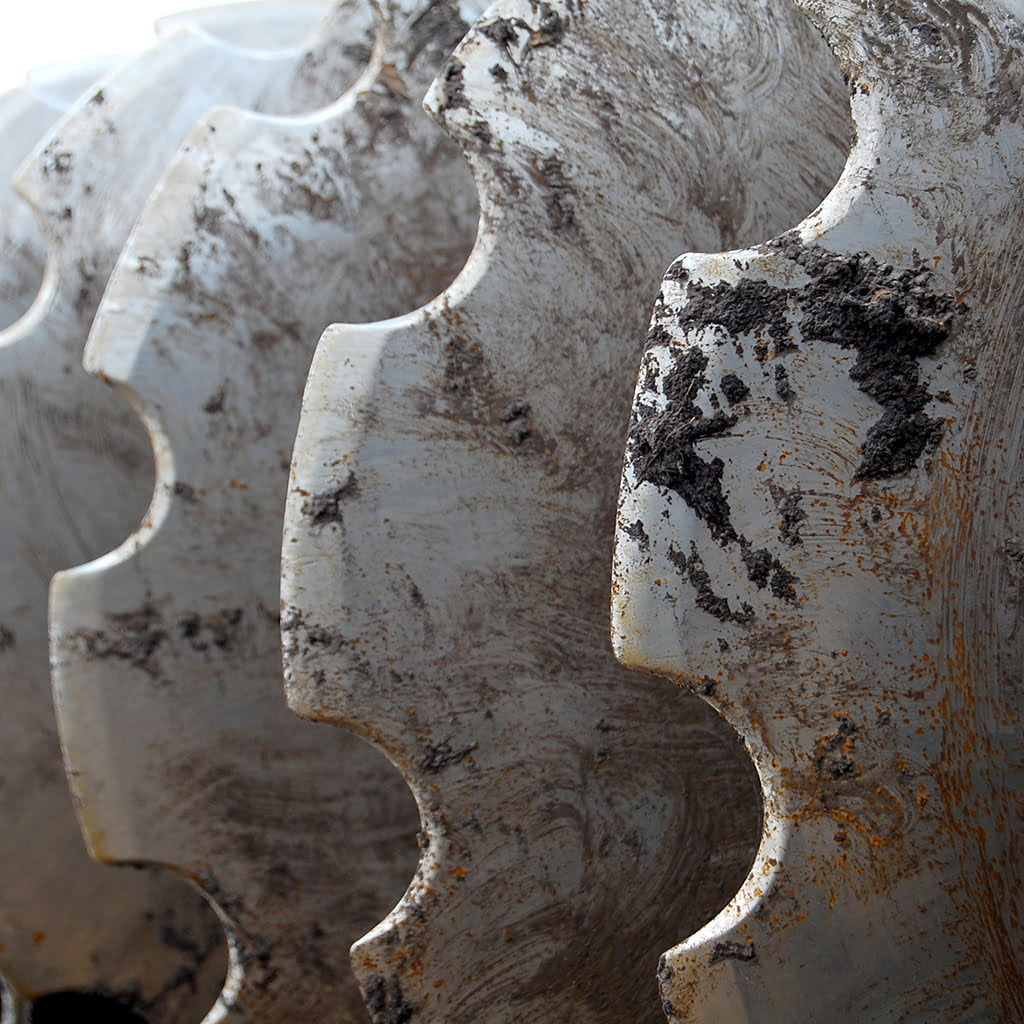
Discs for the aggregate
Discs are round plates made of metal that come into contact with the soil and interact with its structure. They should be properly selected for the type of work and depth of soil:
- wavy discs – allow superficial stubble cultivation, they work well for shallow and ultra-shallow work, they also mix soil and plant residues well,
- Toothed discs – are suitable for mixing and shredding crop residues, they work better on heavy or stony soils, they can easily handle heavy lumps in the soil and remove weeds, so you can loosen the soil well and increase soil permeability,
- plain plates – They are suitable for shallow loosening of light soils, cutting the turf of meadows and after cultivation of legumes, they can be successfully used when preparing the ground for sowing after plowing or leveling it after harvesting; they allow to obtain a smooth, hardened surface, but the soil will be loosened at a shallow depth; they also work well on clay soil.
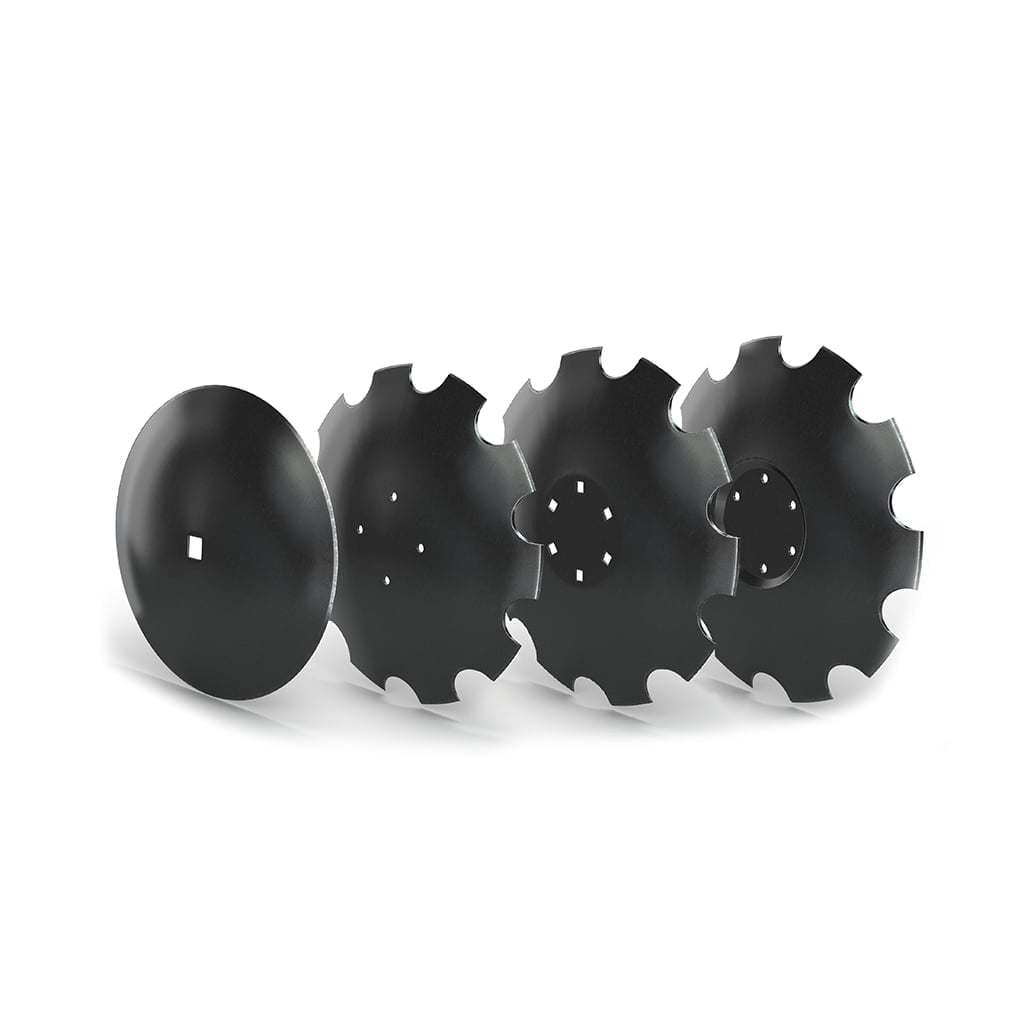
By far the most versatile are stronger-toothed discs with a diameter of about. 600 mm – They will perform well in shallow post-harvest tillage, as well as in deeper work, such as destroying catch crops, mixing manure or tilling after corn.
Discs less toothed with a diameter of approx. 500 mm, on the other hand, will work well for shallow stubble breaking and will not pass the test for deeper crops.
- Boron steel discs – They are designed for aggregates and harrows over 3 m wide, their diameter is about 620 mm, they are equipped with unique types of blades (in terms of angle and length), perfectly, in a longitudinal manner, cut through soft oat stalks; larger cuts are excellent for heavier soils, after corn and rapeseed cultivation, as well as for covering manure or leveling tramlines;
surfaced disc s – boron steel discs with surfacing made by surfacing technique, which significantly increases their wear resistance and positively affects their performance
- Spring steel discs – They are designed for aggregates and harrows less than 3 m wide, their diameter is about 620 mm, they are equipped with unique types of blades (in terms of angle and length), perfectly, longitudinally cut through soft oat stalks; larger cuts are excellent for heavier soils, after corn and rapeseed cultivation, as well as for covering manure or leveling tramlines;
- Carbon steel plates – They are designed for disc ploughs, their diameter is about 510 mm, they are great for mixing crop residues – this is possible due to the rapid cutting into the soil, on shallow cultivation then there is a very rapid growth of intercrops, for example, in rape crops, all thanks to the rapid formation of humus.
Hubs
Hubs are components whose task is to protect the bearings working in them from various types of contaminants and moisture. Dust in particular can be deadly for bearings, but it is difficult to prevent this type of damage, especially during intensive field work. If you notice excessive play in the work plate, then this is a signal of damage and it is then necessary to remove it. The situation is somewhat different if the bearing is damaged. In such a situation, it is not uncommon to have to replace the hub. You can also try to buy a repair kit, but there is no guarantee that you will assemble the component the way it was assembled at the factory.
In a nutshell, we can divide hubs into:
- Service hubs – require lubrication,
- Maintenance-free hubs – no lubrication required.
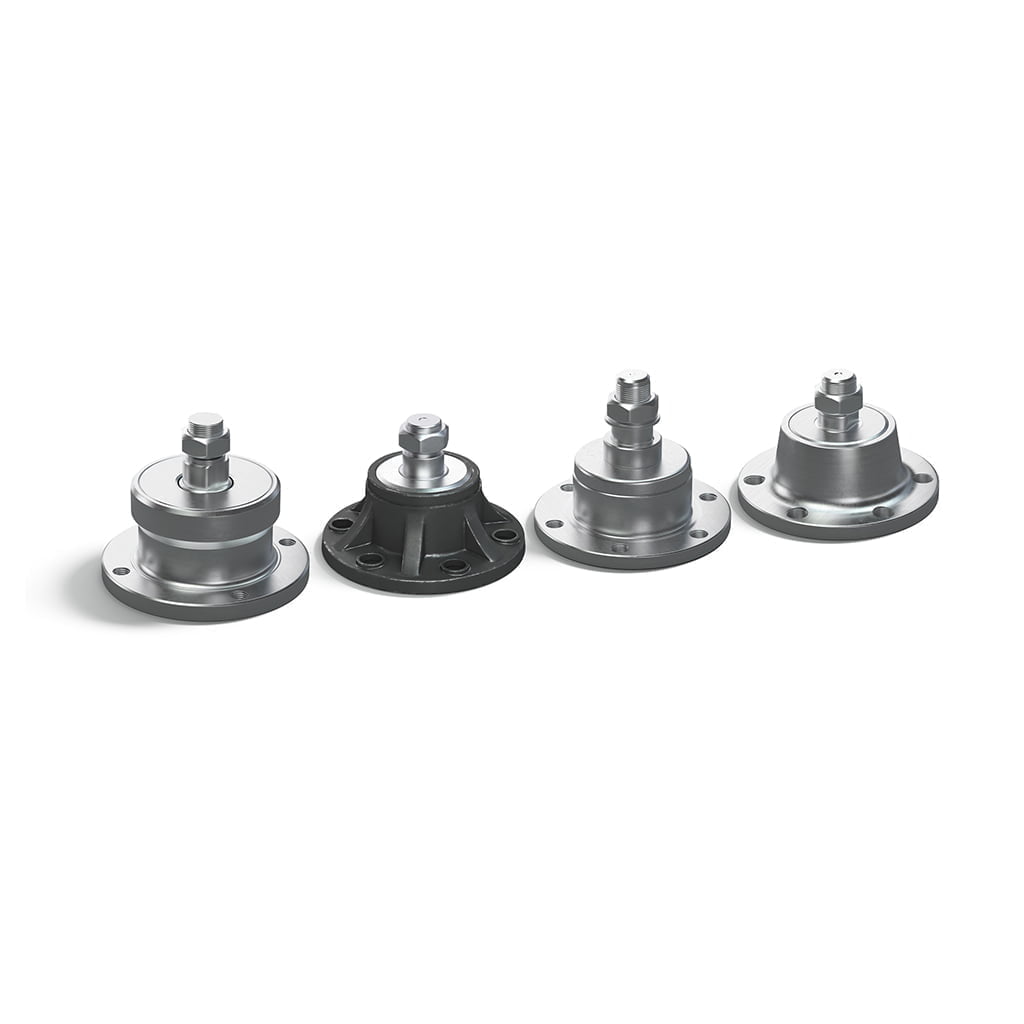
PTO shafts
To connect the active tillage unit to the tractor, use the PTO shaft. Its task is to transfer power from the vehicle to the machine. The most standard PTO shafts have a diameter of 1 3/8″ and 6 grooves – and you’ll find these in our range as well. To learn how you should choose a PTO shaft, be sure to read this article.
Are you interested in discs, hubs or rollers for a harrow or cultivator? Browse our offer and choose the best components for you!
